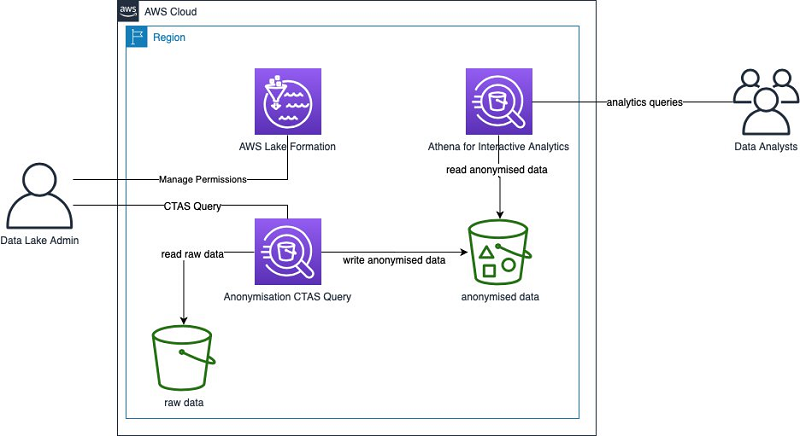

These data silos–and the problems that are associated with data silos–begin to dissipate with BigLake, Hasbe said. Google is melding its data warehouse with its data lake with BigLake (Image courtesy Google Cloud) And these provide different capabilities historically, and that actually creates lot of data silos.” “And so all of these different types of data are being stored across different systems, whether it’s in data warehouses for structured data or semi-structured, or its data lakes for…all the other types of data. “Then semi-structured data with clickstream comes in, and then over a period of time you have unstructured data around product images and machine as well as IoT data that we’re getting collected. ‘This is your orders and shipments in a retail environment,’” Hasbe said during a press conference on Monday.

While Google Cloud has made progress in improving the scale and flexibility of both storage repositories, customers often gravitate to one storage environment or the other depending on the type of data they’re working with, according to Sudhir Hasbe, senior director of product management Google Cloud. It also is a leader in data warehousing via BigQuery, which provides traditional SQL processing for structured data. Google Cloud is no stranger to data lakes, with its Google Cloud Storage offering, which offered nearly limitless storage for less-structured data in an object storage system that is S3 compatible.

The company also used the opening of its Data Cloud Summit to announce a preview of BigBI, which extends Looker’s semantic data layer to other BI products. This security design provides protection against persistent attackers and privilege escalation.Google Cloud made its way into the lakehouse arena today with the launch of Big Lake, a new storage engine that melds the governance of its data warehousing offering, BigQuery, with the flexibility of open data formats and the ability to use open compute engines.
#Aws lakehouse code#
Your code is launched in an unprivileged container to maintain system stability. Clusters typically share the same permission level (excluding high concurrency clusters, where more robust security controls are in place). For example, to only allow VPN or office IPs.ĭatabricks clusters are typically short-lived (often terminated after a job completes) and do not persist data after they terminate. Customers at the enterprise tier can also use the IP access list feature on the control plane to limit which IP addresses can connect to the web UI or REST API. Local firewalls complement security groups to block unexpected inbound connections. Databricks does not rewrite or change your data structure in your storage, nor does it change or modify any of your security and governance policies. In Databricks, all data plane connections are outbound-only. You can optionally create your Databricks workspaces in your own VPC, a feature known as customer-managed VPC, which can allow you to exercise more control over the infrastructure and help you comply with the specific cloud security and governance standards your organization may require. By default, workspace clusters are created in a single AWS Virtual Private Cloud (VPC) that Databricks creates and configures in your AWS account.


 0 kommentar(er)
0 kommentar(er)
